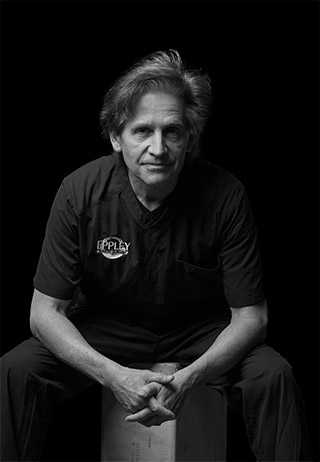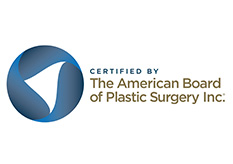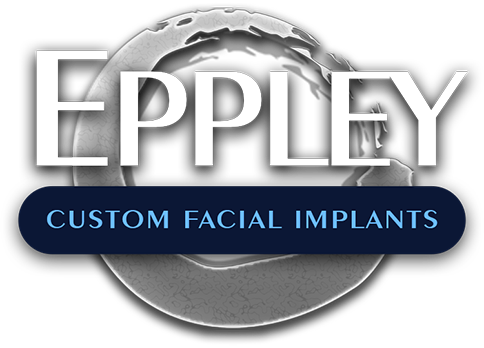CUSTOM FACIAL IMPLANTS

While the array of facial implants has continued to increase due to new designs and the aesthetic needs created by the use of injectable fillers, off-the-shelf implant styles and sizes are not right for everyone. Facial asymmetries, failed or inadequate aesthetic outcomes from preformed implants and patient demand for unique implant shapes makes the concept of custom designed facial implants both appealing and necessary for some patients.
While custom facial implants were once infrequently performed, they are far more commonly done so today. Technologic advancements in image acquisition and computer designing have made the use of custom implants both easily done and affordable. High quality 3D CT scanning at a relatively low cost is a prerequisite and is widely available at just about any CT scanning facility. From a 3D CT scan facial implants can be computer designed and manufactured in any size and shape. From these computer designs the final facial implant is created from a mold composed of a firm but flexible silicone material.
Custom facial implants are easily made from a silicone material and are far easier to insert through more limited oral and facial incisions than any other material available today. This is incredibly pertinent to custom designed facial implants as they often are larger in size with more complex shapes. A smooth non-porous silicone surface also makes bacterial adhesion more difficult which accounts for its very low incidence of postoperative infections.
What really transforms this process into a patient and surgeon user friendly experience is that the entire custom design process can be done online. All image transfers and designing sessions can be done electronically and by virtual consultations. Currently from the 3D CT image acquisition to having the custom implant available for surgery the entire process usually takes about three weeks to complete.
Custom facial implants can be done anywhere form the chin up to the skull and their use and designs is only limited by the surgeon’s imagination and the patient’s aesthetic needs and tissue tolerances.
The computer-driven custom design and manufacturing process can make just about any facial implant design that a surgeon wants. The key to their use is in understanding what overlying soft tissue augmentation effects that may result from their implantation. While this is relatively easy when treating facial skeletal asymmetry, pure aesthetic augmentations requires greater patient interaction and an appreciation of their aesthetic desires. Custom facial implants are often also larger than standard facial implants and consideration must be given to the location of the incisions through which they are to be introduced.
While many surgeons think of a custom facial implant as being used for reconstructive purposes only, their use today is done far more frequently to meet the growing demand of aesthetic facial contour changes.
Associations & Awards












